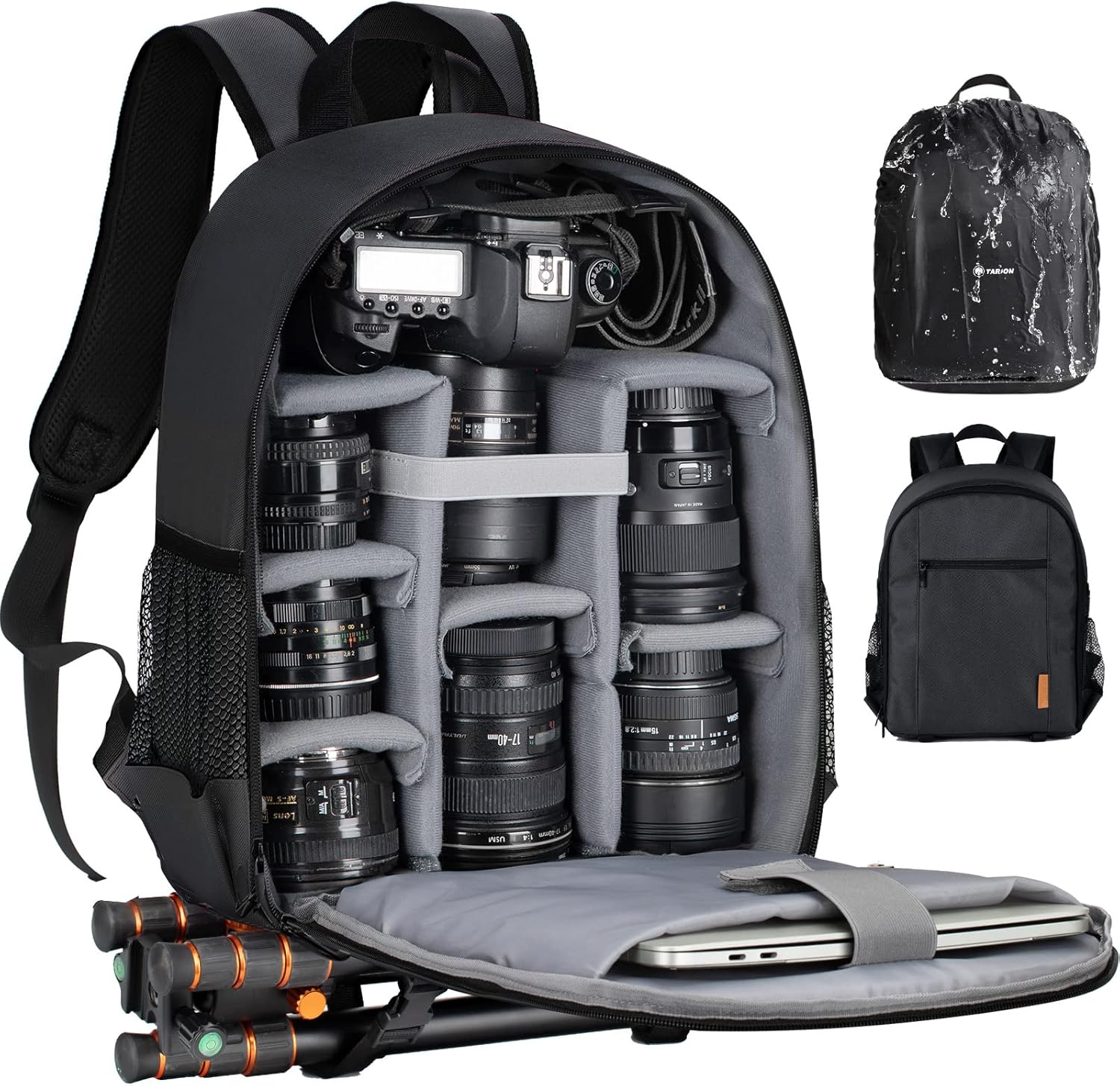How to Read a Camera Memory Card: An Exclusive and Remarkable Guide
As professional photographers, understanding how to read a camera memory card is a crucial skill that allows you to manage your digital workflow efficiently. Whether you're a seasoned pro or just getting started, having the knowledge to properly interact with your camera's memory card can save you time and prevent unnecessary stress.
Reading a memory card may seem simple, but there are several aspects to consider to ensure you're doing it correctly and safely. In this article, we'll dive deep into various methods and tools you can use to read your camera's memory card efficiently.

Types of Camera Memory Cards
Before we delve into how to read a camera memory card, it's essential to understand the different types of cards available. Here are the most common types:
SD Cards
Secure Digital (SD) cards are the most widely used type of memory card. They come in different sizes and capacities, including SDHC (High Capacity) and SDXC (Extended Capacity).
CompactFlash (CF) Cards
CF cards are usually found in higher-end DSLRs and some camcorders. They offer high storage capacities and fast data transfer speeds but are bulkier than SD cards.
MicroSD Cards
These are smaller versions of SD cards and are often used in smartphones and action cameras. They are also compatible with many newer camera models via adapters.
For more detailed information about choosing the right memory card, check out this guide.

Reading Your Memory Card
Method 1: Using a Card Reader
Card readers are external devices that allow you to connect a memory card to your computer via USB. Heres how to use a card reader:
- Remove the memory card from your camera.
- Insert the card into the appropriate slot on the card reader.
- Connect the card reader to your computer via USB.
- Your computer should recognize the card as a removable drive. You can now access the files on the card.
Method 2: Direct Camera Connection
Some cameras allow you to connect directly to a computer via USB. To do this:
- Connect your camera to your computer using a USB cable.
- Turn on your camera.
- Your computer should recognize the camera as a removable drive. You can now access the files on the memory card.
Method 3: Built-in Card Reader
Many modern laptops and some desktop computers come equipped with built-in card readers. Heres how to use them:
- Remove the memory card from your camera.
- Insert the card into the appropriate slot on your computer.
- Your computer should recognize the card as a removable drive. You can now access the files on the card.
If you're having trouble, you might find it helpful to explore this resource on memory card care and usage.

Troubleshooting Common Issues
Memory Card Not Recognized
If your card isn't recognized, try the following steps:
- Ensure the card is properly inserted.
- Try using a different card reader or USB port.
- Test the card on another computer.
- Check for driver updates on your computer.
Data Corruption
Data corruption can be a photographers nightmare. To mitigate this risk:
- Avoid removing the card while data is being transferred.
- Regularly format your card in your camera to prevent file system errors.
- Use high-quality cards from reputable brands.

Best Practices for Memory Card Maintenance
Proper care of your memory cards can prolong their lifespan and ensure data integrity. Here are some tips:
Regularly Format Your Card
Formatting your card in your camera ensures that the file system is optimized for that specific device.
Keep Your Cards Clean
Dust and dirt can cause connection issues. Store your cards in protective cases when not in use.
For detailed guidelines on maintaining your memory cards, you can refer to this helpful article.
Advanced Tools for Reading Memory Cards
For professionals who need more advanced tools, there are several software solutions available that offer additional functionalities:
Photo Recovery Software
This software can recover lost or deleted files from your memory card.
File Management Software
Advanced file management software can help you organize and optimize your digital assets.
FAQs
Why is my memory card not showing up on my computer?
This could be due to a variety of reasons, including a faulty card reader, outdated drivers, or a corrupted memory card. Try troubleshooting by using different devices and ensuring your drivers are up-to-date.
Can I use the same memory card in different cameras?
While technically possible, it's recommended to format the card in each camera before use to avoid file system errors.
How often should I format my memory card?
It's a good practice to format your memory card regularly, preferably after transferring your files to a computer, to maintain optimal performance.
For more tips, you might find these related articles helpful: Retrieve Photos, Card Full Error, and Upload Pictures.
As an Amazon Associate, I earn from qualifying purchases.

